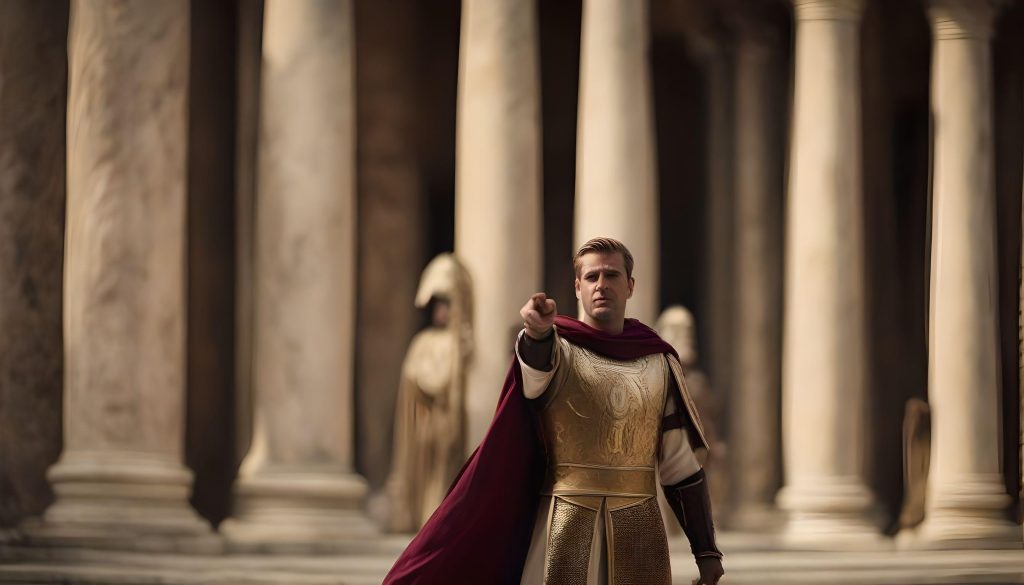The origins of the Catholic Church are deeply intertwined with the life, ministry, and teachings of Jesus Christ. Understanding where and how the Catholic Church began requires a careful examination of early Christian history, particularly during the Roman Empire’s expansive reach. This exploration reveals not only geographical roots but also theological developments that have shaped the Church into what it is today.
Christianity originated in the first century CE, amid the vibrant context of Judea, a province of the Roman Empire. Jesus of Nazareth, a Jewish preacher, preached a message centered on love, repentance, and the Kingdom of God. His crucifixion around 30-33 CE marked a pivotal moment, leading to the belief in His resurrection, an event that solidified the foundation of the Christian faith. The resurrection is viewed as the cornerstone of Christian doctrine, fostering an early community of believers who would come to be known as the Church.
Following Jesus’ ascension into heaven, the apostles, particularly Peter and Paul, played crucial roles in the propagation of Christianity. Peter, one of Jesus’ closest disciples, is often referred to as the first Bishop of Rome, establishing a significant link between the early Church and the imperial capital. His martyrdom in Rome around 64 CE underscores the pivotal role that the city would play in the history of Christianity.
By tracing the roots of Catholicism in Rome, one encounters the intricate dynamics of the early Christian community. Initially, Christians faced persecution from both Jewish authorities and the Roman government. This persecution served to strengthen their resolve, leading to an intricate network of underground worship known as the catacombs. It was in these clandestine sanctuaries that the early Christians practiced their faith, celebrating the Eucharist and commemorating the martyrs. As Christians began to find solace in their shared beliefs, the concept of the communal Church took shape.
By the early second century, significant developments initiated the evolution of the Christian faith. The writings of early Church Fathers such as Ignatius of Antioch emphasized the importance of the Church’s unity, the sacraments, and the authoritative role of bishops. Ignatius’ letters advocate a concrete ecclesiology that undergirds a central theme of Catholicism: the notion of apostolic succession. This idea posits that the authority given to the apostles continues through their successors, thus ensuring the Church’s teachings remain constant and valid over generations.
As Christianity evolved, so did its relationship with the Roman Empire, transitioning from persecution to acceptance. The Edict of Milan in 313 CE, enacted by Emperor Constantine, granted religious tolerance and significantly altered Christianity’s status within the Roman framework. This pivotal moment allowed for the establishment of the Church’s institutional structure. It was during this period that the first basilicas were constructed, and ecclesiastical hierarchy began to take a definitive form. This era marked the confluence of faith and governance, where the Church emerged as a formidable entity within the Roman socio-political fabric.
Furthermore, the First Council of Nicaea in 325 CE laid the groundwork for orthodox Christian belief. This assembly, convened at the behest of Emperor Constantine, sought to address theological disputes, primarily the nature of Christ. The Nicene Creed, a result of this council, articulated the faith of the Church, providing a unifying statement that remains integral to Catholic doctrine today. The authority established by this council reflects the deepening relationship between the Church and the Roman state, solidifying the Church’s influence in both spiritual and temporal affairs.
The subsequent centuries saw the Catholic Church flourish, establishing dioceses and expanding its geographical reach throughout the Roman Empire and beyond. Missionary activity commenced, extending into Europe, Africa, and Asia. The integration of various cultural elements into the faith allowed the Church to resonate with diverse populations. However, this expansion also brought challenges, including the need to address heresies and schisms that surfaced within its ranks.
Furthermore, the fall of the Western Roman Empire in 476 CE prompted a reconfiguration of power dynamics, positioning the Catholic Church as a stabilizing force amid political turmoil. The Church assumed roles vacated by the state, providing not only spiritual guidance but also social services, education, and aid. The Pope, as the Bishop of Rome, emerged as a significant figure, symbolizing the continuity of leadership tracing back to the apostles.
Throughout the Middle Ages, the Catholic Church developed a rich tradition of theology, art, and liturgical practices. The establishment of monastic orders contributed to the preservation of knowledge through tumultuous periods. In addition, the Church’s engagement with the arts, particularly during the Renaissance, illuminated its power and influence over culture and society. This period saw a remarkable flourishing of art and architecture, exemplified by the construction of grand cathedrals that not only served as places of worship but also as symbols of civic pride.
In summary, the Catholic Church’s genesis within the Roman context reveals a profound narrative of faith, resilience, and adaptation. From its humble beginnings in Judea to its ascendant role within the Roman Empire, the Church has transformed significantly over the centuries. It stands today as a testament to the enduring legacies of early Christians, fostering a living faith that continues to inspire millions globally. In tracing these historical threads, one understands that the Catholic Church is not merely an institution but a vibrant community intricately woven into the fabric of history.



